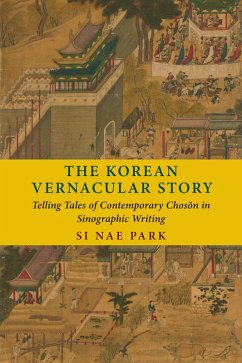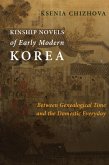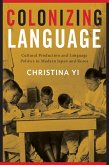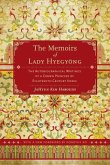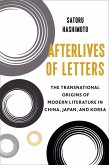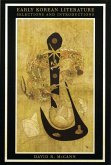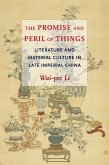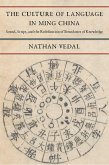As the political, economic, and cultural center of Choson Korea, eighteenth-century Seoul epitomized a society in flux: It was a bustling, worldly metropolis into which things and people from all over the country flowed. In this book, Si Nae Park examines how the culture of Choson Seoul gave rise to a new vernacular narrative form that was evocative of the spoken and written Korean language of the time.
The vernacular story (yadam) flourished in the nineteenth century as anonymously and unofficially circulating tales by and for Choson people. The Korean Vernacular Story focuses on the formative role that the collection Repeatedly Recited Stories of the East (Tongp'ae naksong) played in shaping yadam, analyzing the collection's language and composition and tracing its reception and circulation. Park situates its compiler, No Myonghum, in Seoul's cultural scene, examining how he developed a sense of belonging in the course of transforming from a poor provincial scholar to an urbane literary figure. No wrote his tales to serve as stories of contemporary Choson society and chose to write not in cosmopolitan Literary Sinitic but instead in a new medium in which Literary Sinitic is hybridized with the vernacular realities of Choson society. Park contends that this linguistic innovation to represent tales of contemporary Choson inspired readers not only to circulate No's works but also to emulate and cannibalize his stylistic experimentation within Choson's manuscript-heavy culture of texts.
The first book in English on the origins of yadam, The Korean Vernacular Story combines historical insight, textual studies, and the history of the book. By highlighting the role of negotiation with Literary Sinitic and sinographic writing, it challenges the script (han'gul)-focused understanding of Korean language and literature.
The vernacular story (yadam) flourished in the nineteenth century as anonymously and unofficially circulating tales by and for Choson people. The Korean Vernacular Story focuses on the formative role that the collection Repeatedly Recited Stories of the East (Tongp'ae naksong) played in shaping yadam, analyzing the collection's language and composition and tracing its reception and circulation. Park situates its compiler, No Myonghum, in Seoul's cultural scene, examining how he developed a sense of belonging in the course of transforming from a poor provincial scholar to an urbane literary figure. No wrote his tales to serve as stories of contemporary Choson society and chose to write not in cosmopolitan Literary Sinitic but instead in a new medium in which Literary Sinitic is hybridized with the vernacular realities of Choson society. Park contends that this linguistic innovation to represent tales of contemporary Choson inspired readers not only to circulate No's works but also to emulate and cannibalize his stylistic experimentation within Choson's manuscript-heavy culture of texts.
The first book in English on the origins of yadam, The Korean Vernacular Story combines historical insight, textual studies, and the history of the book. By highlighting the role of negotiation with Literary Sinitic and sinographic writing, it challenges the script (han'gul)-focused understanding of Korean language and literature.
Dieser Download kann aus rechtlichen Gründen nur mit Rechnungsadresse in A, D ausgeliefert werden.

